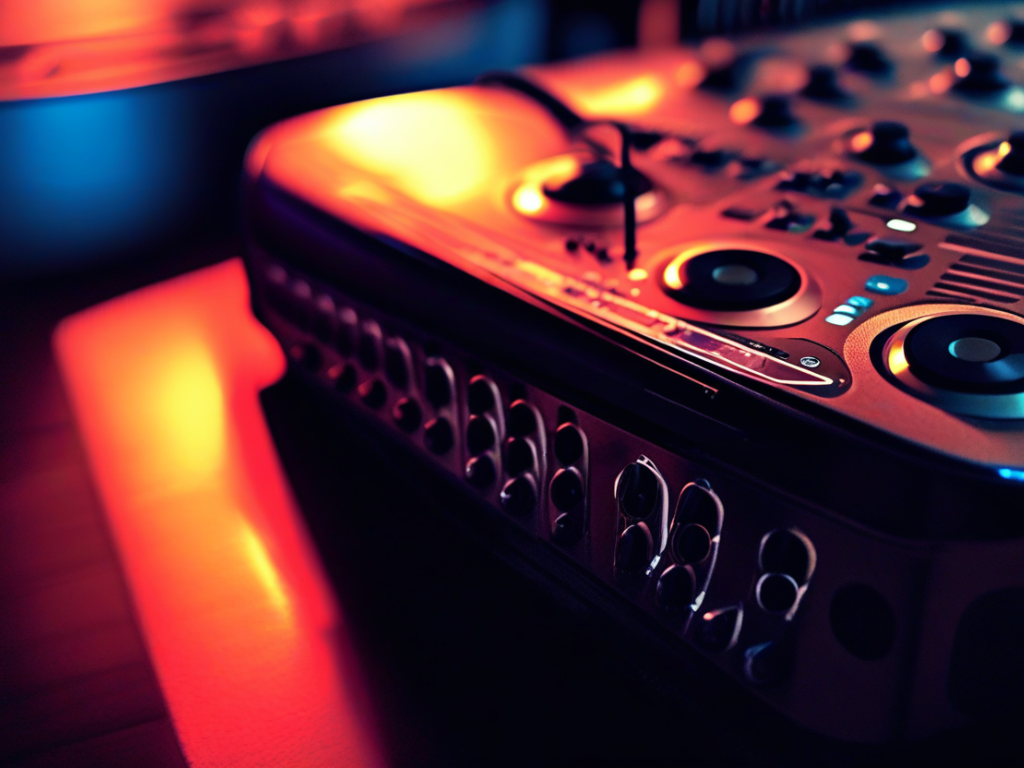Mastering EQ is a powerful tool that can transform your listening experience and elevate the sound quality of your music player to new heights. Understanding how to effectively use EQ settings can help you tailor the audio output to suit your personal preferences and optimize the playback of your favorite tracks. Whether you are a seasoned audiophile or a casual listener, mastering EQ can unlock the full potential of your music player and enhance your enjoyment of music in ways you never imagined.
In this article you will find:
- What is EQ and Why Does it Matter?
- Types of EQ Settings
- Using EQ to Enhance Your Music Player's Sound
- Case Study: Jazz Enthusiast's EQ Preferences
- Advanced Tips for Mastering EQ
- Conclusion
What is EQ and Why Does it Matter?
EQ, short for equalization, refers to the manipulation of frequency bands in an audio signal to adjust the balance between different parts of the frequency spectrum. By boosting or cutting specific frequencies, EQ allows you to fine-tune the tonal characteristics of the sound output. This means you can enhance the bass, boost the vocals, or tame harsh treble frequencies to create a more balanced and customized audio experience.
Types of EQ Settings
When exploring EQ settings on your music player, you may come across various types of equalization options. Some common types include graphic EQ, parametric EQ, and presets. Graphic EQ displays a set of frequency bands that you can adjust individually, while parametric EQ allows you to adjust specific parameters such as frequency, bandwidth, and gain. Presets, on the other hand, offer pre-defined EQ curves tailored for specific music genres or listening environments.

Using EQ to Enhance Your Music Player’s Sound
Mastering EQ involves experimenting with different settings to find the optimal balance for your ears. Start by listening to a familiar song and making subtle adjustments to the EQ settings to notice how each frequency band affects the overall sound. For example, boosting the bass can enhance the rhythm and impact of dance music, while reducing the midrange can emphasize vocals in a ballad.
Case Study: Jazz Enthusiast’s EQ Preferences
Imagine a jazz enthusiast using EQ to fine-tune their music player for the best listening experience. They may choose to boost the upper midrange frequencies to accentuate the warmth of brass instruments, while slightly rolling off the extreme highs to reduce any harshness in the cymbals. By customizing their EQ settings, they can recreate the intimate ambiance of a live jazz performance right in their own listening space.
Advanced Tips for Mastering EQ
For those looking to delve deeper into mastering EQ, consider experimenting with notch filters to target specific problem frequencies, utilizing shelving EQ to adjust all frequencies above or below a certain point, or applying dynamic EQ to dynamically adjust the EQ settings based on the input signal. These advanced techniques can take your EQ mastery to the next level and open up a world of possibilities for sonic customization.
Conclusion
Mastering EQ is a skill that can greatly enhance your music player’s sound quality and tailor the audio output to your unique preferences. By understanding the principles of EQ, experimenting with different settings, and exploring advanced techniques, you can unlock a new level of audio enjoyment and immerse yourself in the music like never before. So, go ahead, tweak those EQ settings, and rediscover your favorite tracks with a fresh perspective and newfound depth.

